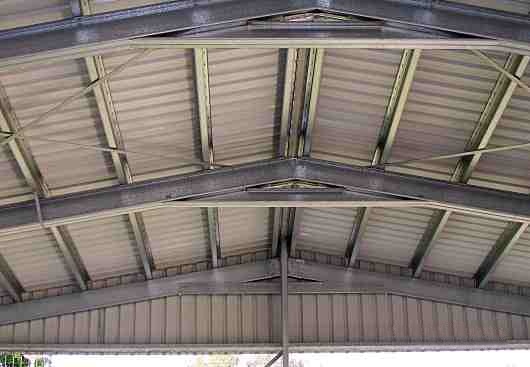This summer season has certainly had its share of heat waves. These elevated summertime temperatures typically feature the desire to run the a/c at a continuous rate in an effort to keep the house at a comfortable environment. However after many HVAC inspections and service, the heat refuses to relent, leaving many property owners to question whether their roof or attic insulation has something to do with the uncontrollable heat indoors.

If you have some suspicions about your house's roofing insulation, this post can help clear the air. Continue reading to learn what effects your roof's level of heat absorption, and what you can do to ensure your roof remains in quality condition.
Surface Pigmentation
Roofings can definitely have an effect on the overall indoor temperature level of a house. Let's start with color. The darker the color, the more heat it will likely absorb. Dark asphalt shingles, tiles, metal, and comparable materials bring in more light and take in higher levels of heat. In the winter, this level of heat absorption does not change, which is a great thing. However in the summertime, a roof' surface can reach up to 120 degrees Fahrenheit or more on Check over here 90 degrees Fahrenheit day.
Excess heat will take a trip into the attic or upper locations of the house, and ultimately transfer into the living quarters, hence impacting the indoor environment and even month-to-month energy expenses. They maintain less light and heat, therefore providing steadier indoor temperatures on hot days.
Surface Product
The kind of roofing product can likewise influence the amount of heat and light absorption. Asphalt shingles show an average of 30% of the light that comes into contact with a roof, while metal panels are more reflective and take in less heat. There are different types of roofing products, all of which provide their own distinct heat absorption and light reflective homes.
Energy Efficient Alternatives

It is necessary to choose the best product for your home that can also fulfill your energy efficiency requirements. One way to do this is to inquire about cool roof innovation, which is specially developed to soak up less heat and reflect more light compared to standard roofing systems.
Another choice is to have your roof and attic insulation and ventilation upgraded or serviced. Start by getting in touch with a relied on roofing business for a comprehensive evaluation. They can provide the best info and recommendations required to fulfill your house improvement objectives.
After lots of A/C examinations and service, the heat declines to relent, leaving many property owners to question whether or not their roof or attic insulation has something to do with the uncontrollable heat inside.
The type of roofing material can also affect the amount of heat and light absorption. Asphalt shingles show an average of 30% of the light that comes into contact with a roof, while metal panels are more reflective and soak up less heat. There are numerous types of roofing products, all of which use their own unique heat absorption and light reflective properties.

